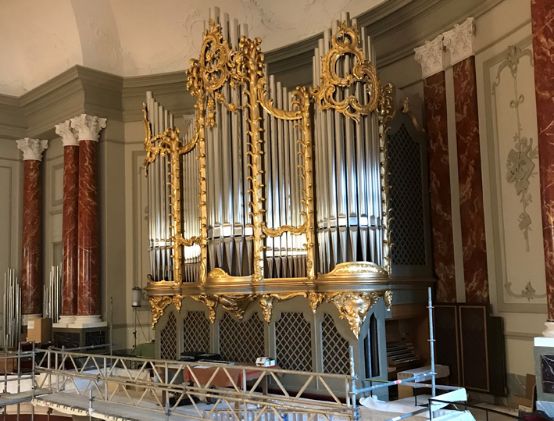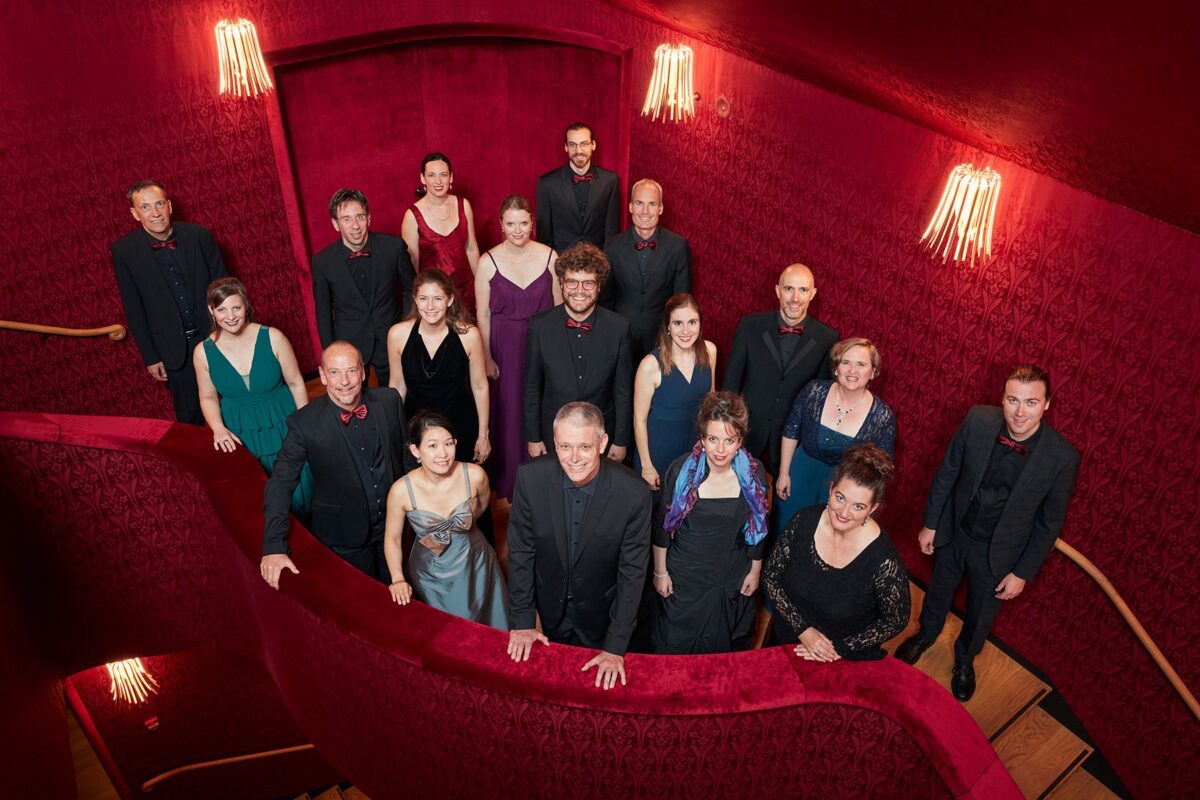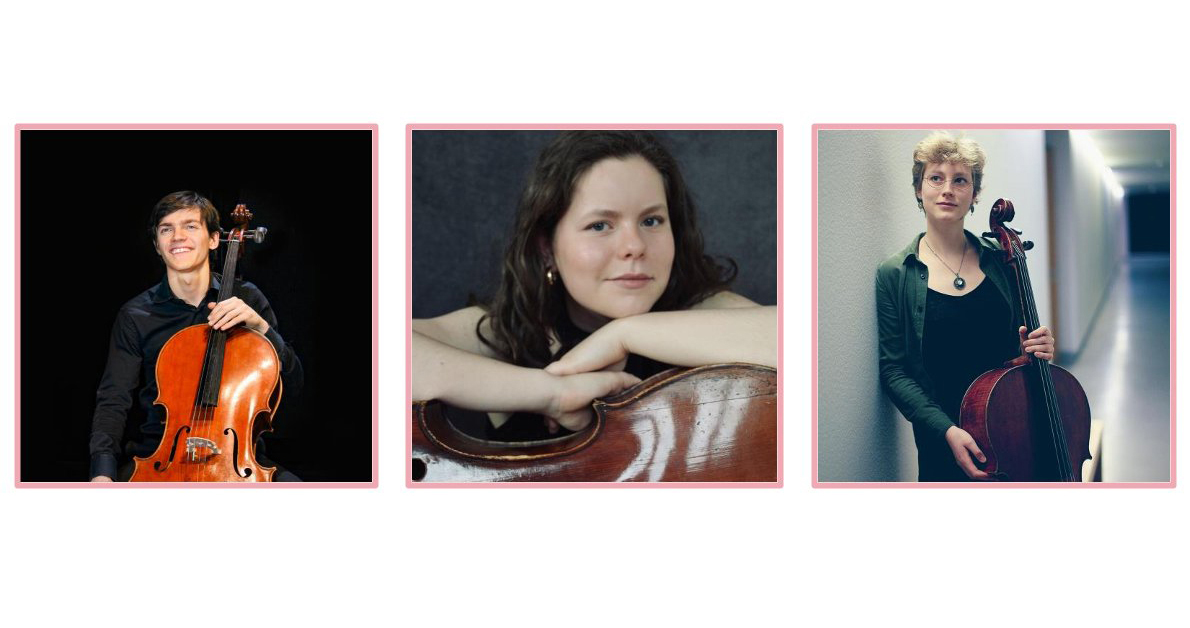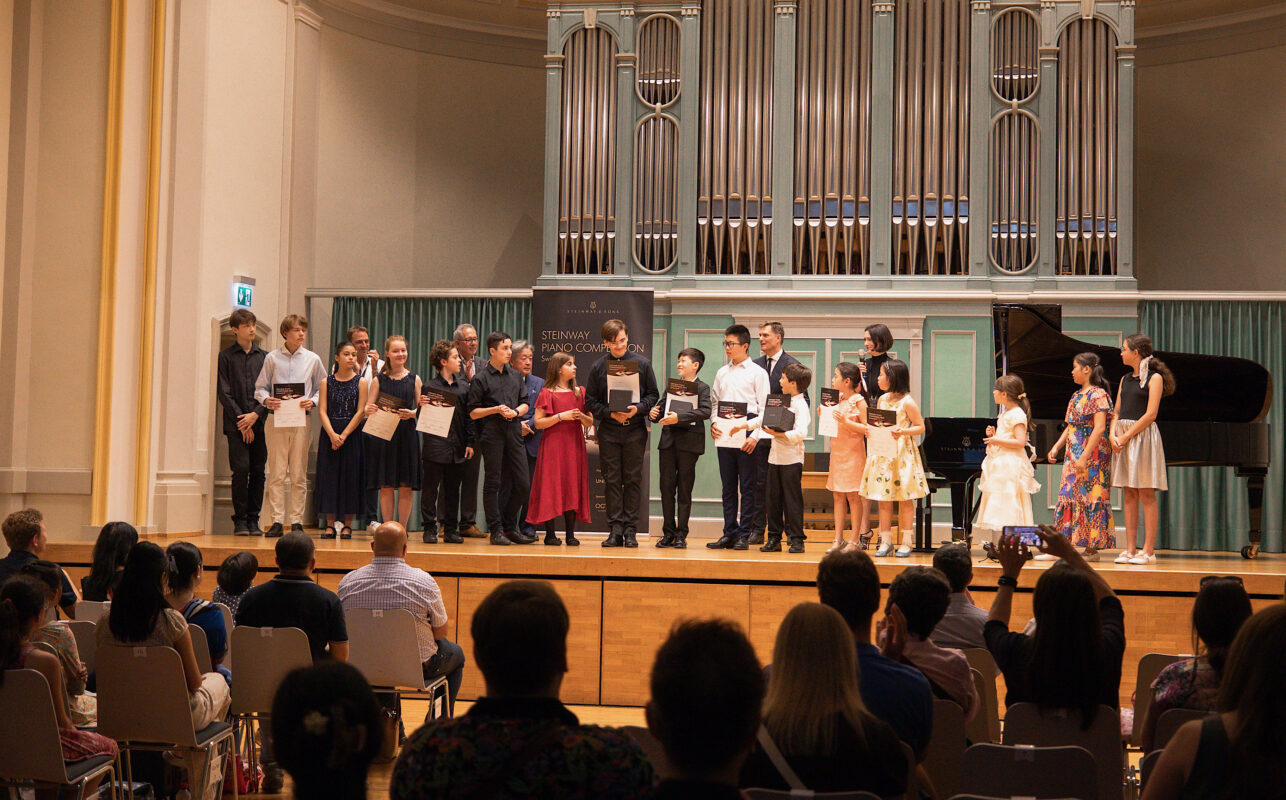Hall organ twins
New organs are currently being installed in concert halls in both Basel and Zurich. Organ specialist Rudolf Meyer from Winterthur takes this as an opportunity to stimulate discussion about the purpose and character of such instruments with a few key words.

In 1956, I attended an organ recital by Helmuth Reichel in the Zurich Tonhalle, probably the only one in recent times. Since then, I have been keeping a close eye on the rather sorry chapter of the organ recital. And I am happy to contribute this vote in order to bring movement into the somewhat too quiet discussion with regard to the two instruments currently under construction. The fabulous opportunities that are opening up must be recognized and exploited now! We are once again looking forward to the fair competition between "Basel and Zééri".
Concert halls have acoustics designed to ensure that the vibrating orchestral sound can be heard through. Church halls are more ideal for organs because their reverberation ratios socialize the rigid sounds of the pipes. Many of the newer hall organs I know suffer from the fact that they sound gaudy, glassy and often too loud next to the orchestra. And then it is said that they are actually unusable. Isn't it significant that in England hall organs sound full and warm and blend with orchestras as if by themselves? They are rather less suitable for old masters. My memory of the Tonhalle organ from 1939 to 1986 goes exactly in this direction, which is why I campaigned for its preservation in 1985: as an alternative to the neo-baroque sound of church organs that was common at the time.
We are delighted that new organs are being installed in two important concert halls and that our local organ builders are once again able to demonstrate their high level of quality. This is now the third project at both venues, following two "Provisoires qui ne durent pas".
Keywords for the new instruments in Basel and Zurich
Stadtcasino Basel: Metzler organ
- Retention of the historic case with 56 stops
- Hall acoustics: largely new territory for Haus Metzler
- Electrically controlled instrument with mechanical effects manual with two consoles for conductor, ensemble and audience proximity
- Cleverly limited disposition in terms of windchest size and spatial conditions
Tonhalle Zurich: Kuhn organ
- Reference to the old Tonhalle organ after 1939 with a successful reinterpretation of the former case. "Compensation" for its exile to the Neumünster
- Kuhn's extensive experience with halls (USA, Japan, Europe)
- Considerable and expansive disposition, probably thanks to the elimination of the entire playing mechanism, thus sacrificing physical contact with the pipe valve
- Genuine sound enrichment through new register creations such as flauto turicensis or nose flute!
- A mobile console, only three manuals thanks to the flying windchest and thus better proximity to the conductor, ensemble and audience
- Pragmatic renunciation of mechanical action in view of the public's need for showmanship
Appreciation wish list
At both locations, actual scenes for organ and organ-orchestra events, i.e. a jolt through the urban music worlds in general
What do we do with a big, great, million-dollar villa on a greenfield site? Let's start creating paths so that it can host more often. The lavish new buildings should have a supra-regional appeal.
Lively synergies with both music academies and theaters
Only in Geneva does a music academy have its own large hall organ. In all other places, the instrument has been relocated to churches, and a large repertoire of symphonic organ music has to make do with rather unsuitable galleries - with or without an orchestra. With the new instruments, cooperation between concert societies, universities and theatres is set to awaken. These halls open up sensational opportunities, especially in the field of choreography. We have known organ dances since the middle of the 19th century in France: Widor, Vierne, Messiaen, Alain, Litaize, Heiller, Bovet. There are also symphonic transcriptions.
The concert companies themselves or delegated active bodies as organ concert organizers
Massive and expansive new organs call for a scene of their own. After spending millions, appropriate facilities for organ events must be created. These should either be integrated into the operations of the two concert companies or delegated to associations. This is a matter of urgency because the KunstKlangKirche Zurich project, which I co-initiated, did not materialize due to a lack of interest. Until recently, the builder and local company Orgelbau Goll provided concerts for Lucerne's KKL organ.
Funds for operation proportional to the high construction costs and the prominent positions of these instruments
Considerable funds have to be made available for soloists' fees, advertising and the spatial infrastructure, such as organ maintenance. Basel and Zurich still struggle with the latter today.
Organizational integration of organ concerts into the respective hall operations
According to reports, there are always problems when concert halls have to be reserved for individual organists for hours on end. Sufficient rehearsal time is necessary, however, because each instrument is unique and always requires special "orchestration" of each score.
Titular positions for concerts, choreographies and possibly master classes
The above results in the creation of a well-paid organist-concertmaster position, far beyond the orchestra position. The future post holders will either play themselves, be involved in oratorio performances or put on concert cycles, including with guests from Switzerland and abroad. In cooperation with lecturers at the music academies, master classes and similar events should also be able to take place. We have role models in the Anglo-Saxon cities with their town halls or universities, where lunchtime recitals, for example, are very popular. However, if the organist's office is closely linked to a municipal church office, the hall organ will always have to take a back seat - as the history of both halls teaches us. So let's avoid being a "sidecar" of the deeply rooted church scene.
Orchestral organ concerts in the remit of house and guest conductors
Why do our conductors know the characteristics of every orchestral instrument, but have little idea of the nature of the organ? The organ is still ordered away to the "distant" church world at training centers. No wonder that conductors without a specific commission never dare to tackle the two dozen wonderful organ concertos with orchestra. What absolutely useless instructions I have had to experience! From now on, such concerts belong in the job descriptions of chief and guest conductors. If there had been a corresponding interest for a long time, the hall organs in both cities would have been renovated long ago and their sound would have been put in order.
Of course, it must also be admitted that the mechanical part of the organ prevents many performers from playing in a truly creative way. To quote the apostle Paul: "... and could have gotten all the notes perfectly right, but had not the love of music ..." I understand certain reservations on the part of conductors all too well!
Basic thoughts on organ building
Organ building as a balance between ideals and mission
In contrast to violin making, for example, the organ builder's non-industrial craft oscillates back and forth between his own ideas, which grow entirely out of the instrument itself, and the wishes of the usually larger committees of clients, the artistic and material builders.
Thinking organ concepts from the instrument
It is important that instrument-related thinking takes precedence over the "desirabilities" of a very time-bound organist, for example with regard to the finesse of electronic controls. For me, this is organ thinking.
The classic instrument is more important than sensational effects
There are people who make a pilgrimage to Sitzberg, Fribourg, Lucerne or Kufstein just to admire cymbal stars, rain machines, thunderstorms or surface sound. In organ building, the line should be drawn at the point where the emancipated electronic sound industry has a better command of fields of activity. Why haven't orchestral instruments already had electronic moderators on violin bridges, wind bodies or percussion?
The true art consists of the imaginative handling of "rigid" intonation
The rock-like rigidity of the organ sound, its essence of sound or pause, is as fascinating as it is challenging. Or as Marie-Claire Alain put it in 1969: "Le bon goût, c'est la connaissance du style."
*
At present, both organ twins are in statu nascendi. With many congratulations, but also high expectations of the two organ builders, I look forward to the results and the new activities that will soon blossom.
Further text on new organs in Europe
Link to the article by Jürg Erni: Philharmonic queens








